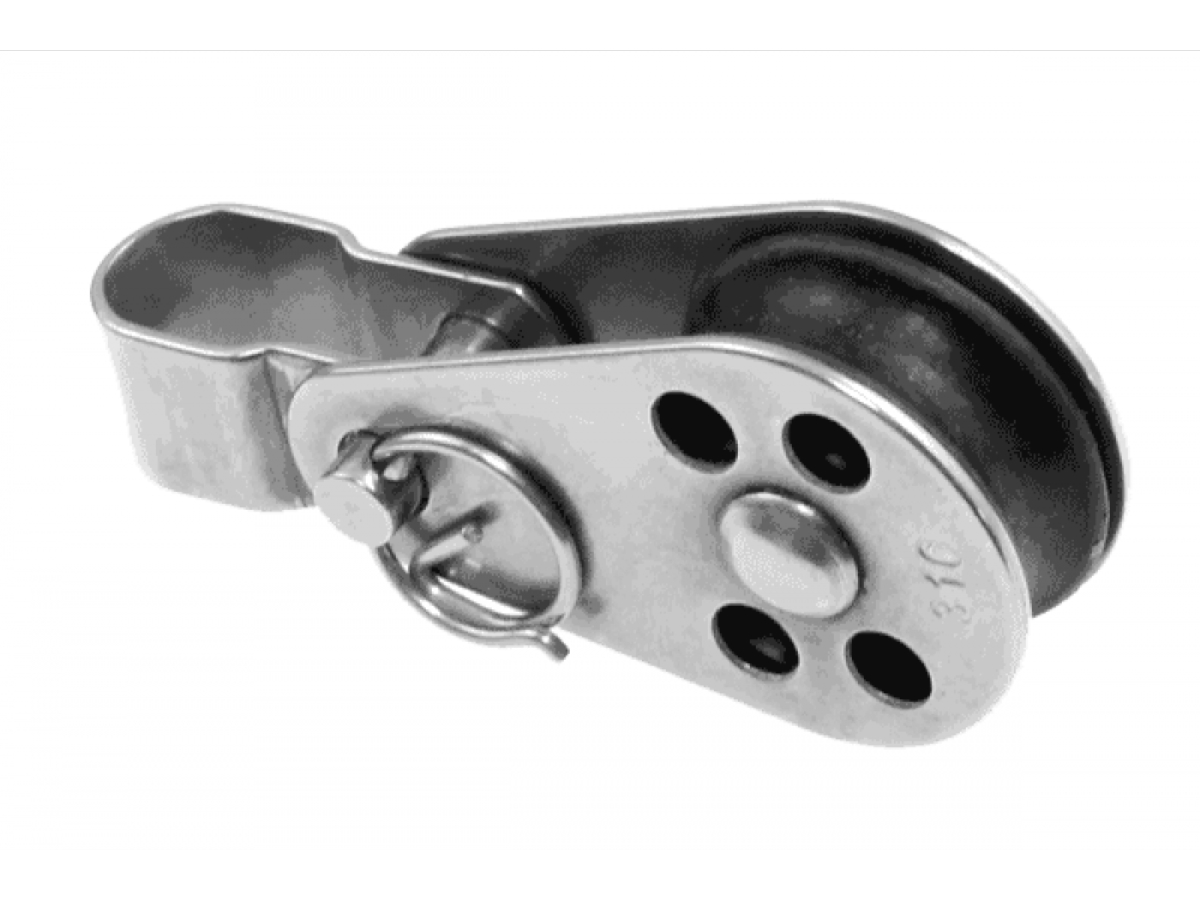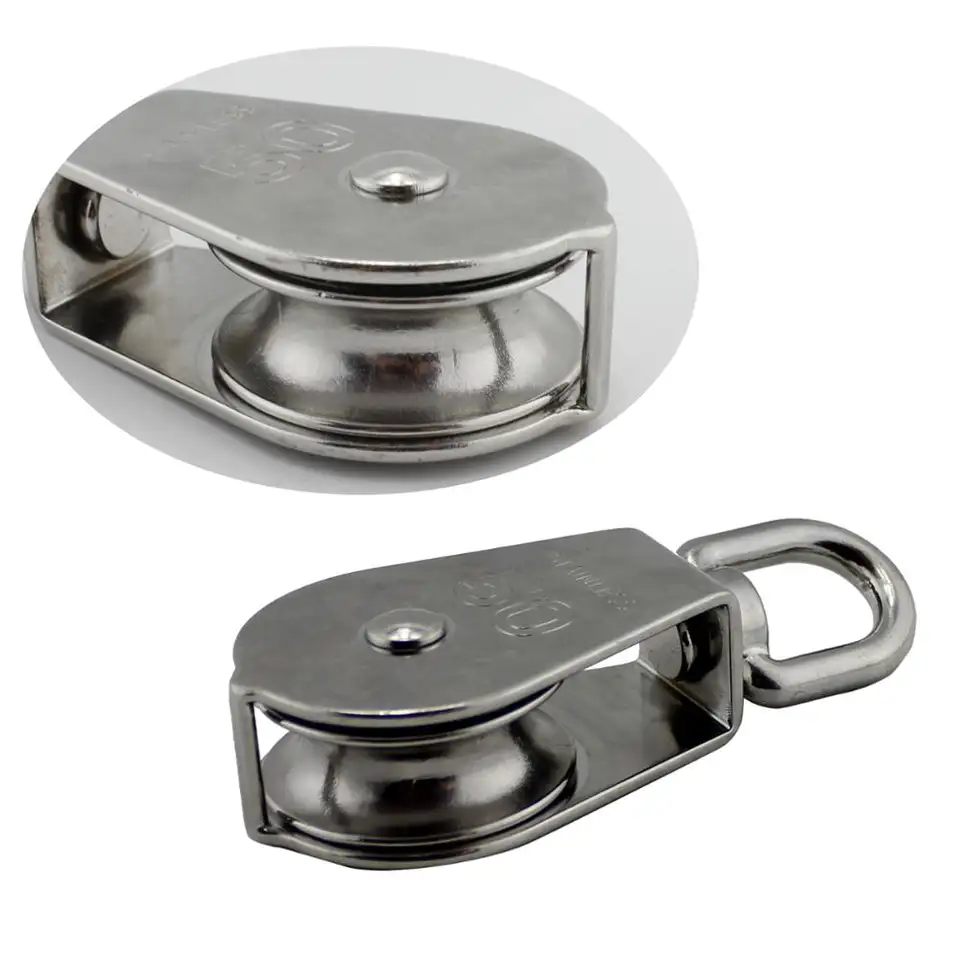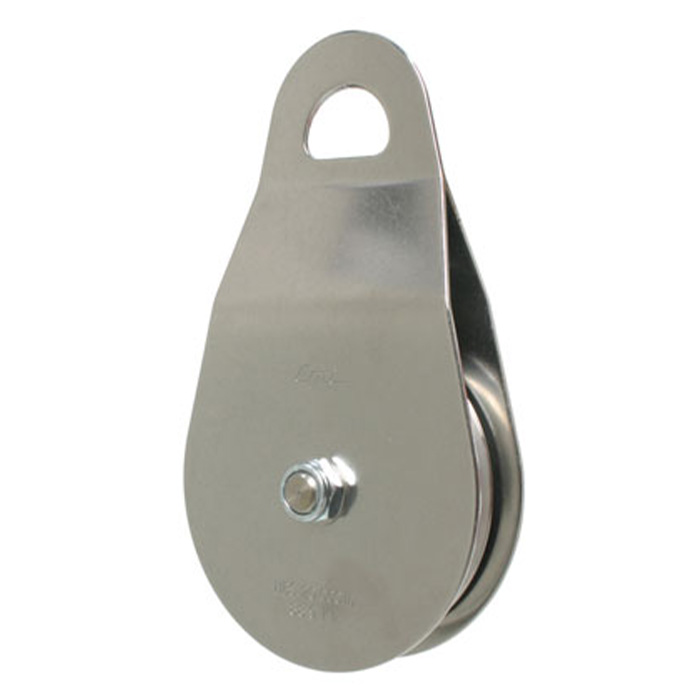Product Description
Product information
Product material: HT200
Suitable for: mechanical lathes
Product introduction: the advantages of pulley drive: pulley drive can ease the impact of load; Pulley drive running smoothly, low noise, low vibration; The structure of the pulley drive is simple and easy to adjust. Pulley transmission for pulley manufacturing and installation accuracy is not as strict as meshing transmission; The pulley transmission has the function of overload protection; The adjustment range of center distance between 2 shafts of pulley transmission is large. The disadvantages of belt drive are: pulley drive elastic sliding and skid, low transmission efficiency and can not maintain accurate transmission ratio; When the pulley transmission transmits the same large circumferential force, the contour size and the pressure on the shaft are larger than that of the meshing transmission. Pulley drive belt has shorter life
Product name: pulley
Type size: various models (can be customized)
Material: cast iron/cast steel /(can be customized)
Standard type: national standard
Applicable machine: CNC lathe
Pulley:
Pulley, belongs to the wheel hub class parts, generally relative size is relatively large, the manufacturing process is generally cast, forging. The general size of the larger design for the casting method, the material is generally cast iron (casting performance is good), rarely cast steel (steel casting performance is not good); Generally small size, can be designed for forging, the material is steel
The basic information
Chinese name
pulley
Foreign names
pulley
Application field
mechanical
role
Transmit power
Production requirements
Pulley material and production requirements
1. The belt pulley used for the ventilator is made of grey cast iron HT200,HT250, etc. (but steel, copper, aluminum, etc., can also be used according to customer requirements).
2. The pulley should meet: light weight, uniform mass distribution, eliminate the internal stress produced in the manufacturing, pulley should be static balance correction.
The belt specification
The specifications of the triangle belt are divided by the size of the back width (top width) and the height (thick). According to the different size of the back width (top width) and the height (thick), the national standard provides the O, A, B, C, D, E and other models of the triangle belt. The section width, top width and height of each type of the triangle belt are not the same. So the pulley must be made according to the shape of the triangle belt a variety of groove; These different slots. It determines the pulley O pulley, A pulley, B pulley, C pulley, D pulley, E pulley and other types of pulley.
/* January 22, 2571 19:08:37 */!function(){function s(e,r){var a,o={};try{e&&e.split(“,”).forEach(function(e,t){e&&(a=e.match(/(.*?):(.*)$/))&&1
| Certification: | CE, ISO |
|---|---|
| Pulley Sizes: | Type B |
| Manufacturing Process: | Casting |
| Material: | Carbon Steel |
| Surface Treatment: | Baking Paint |
| Application: | Chemical Industry, Grain Transport, Mining Transport, Power Plant |
| Samples: |
US$ 50/Piece
1 Piece(Min.Order) | |
|---|
| Customization: |
Available
| Customized Request |
|---|

Can stainless pulleys be retrofitted into existing systems for performance enhancements?
Yes, stainless pulleys can be retrofitted into existing systems to achieve performance enhancements. Here’s how:
- Compatibility Assessment: Evaluate the compatibility of stainless pulleys with the existing system. Consider factors such as pulley size, shaft diameter, groove dimensions, and belt or rope type. Ensure that the stainless pulleys can be seamlessly integrated into the system without compromising its overall functionality.
- Performance Analysis: Identify the performance goals or areas of improvement in the existing system. This could include increasing power transmission efficiency, reducing friction or wear, enhancing corrosion resistance, or meeting specific industry requirements. Determine how stainless pulleys can address these performance objectives.
- Proper Sizing and Design: Select the appropriate stainless pulleys based on the system’s requirements and performance goals. Consider factors such as pulley size, groove shape, and materials. Ensure that the new pulleys are properly sized and designed to optimize the system’s performance.
- Installation and Alignment: Follow proper installation procedures when retrofitting stainless pulleys. Ensure that the pulleys are aligned correctly with other system components such as belts, ropes, or shafts. Proper alignment minimizes misalignment-related issues, reduces wear, and maximizes power transmission efficiency.
- Maintenance Considerations: Evaluate any changes in maintenance requirements after retrofitting stainless pulleys. Stainless pulleys may have different maintenance needs compared to the previous pulleys. Ensure that maintenance schedules and procedures are adjusted accordingly to maximize the benefits of the new pulleys.
- System Testing and Validation: After retrofitting the stainless pulleys, conduct thorough testing and validation to ensure that the performance enhancements are achieved. Monitor factors such as power transmission efficiency, system vibration, noise levels, and overall system functionality. Make any necessary adjustments or fine-tuning to optimize the system’s performance.
- Expert Consultation: If needed, consult with pulley manufacturers, engineers, or industry experts during the retrofitting process. They can provide valuable guidance and expertise in selecting the right stainless pulleys, ensuring compatibility, and optimizing the system’s performance.
By carefully assessing compatibility, identifying performance goals, selecting the appropriate stainless pulleys, ensuring proper installation and alignment, considering maintenance adjustments, conducting thorough testing, and seeking expert advice when necessary, existing systems can be retrofitted with stainless pulleys to achieve performance enhancements.

What considerations should be kept in mind when selecting stainless pulleys for marine applications?
When selecting stainless pulleys for marine applications, several considerations should be kept in mind to ensure optimal performance and longevity. Here are key factors to consider:
- Marine-Grade Stainless Steel: Choose pulleys made from marine-grade stainless steel, such as 316 stainless steel. Marine-grade stainless steel offers superior corrosion resistance, especially in saltwater environments. It withstands the corrosive effects of seawater, moisture, and exposure to marine elements, reducing the risk of premature pulley failure.
- Finish and Coating: Consider pulleys with additional protective finishes or coatings suited for marine environments. These finishes, such as electro-polishing or specialized marine-grade coatings, provide an extra layer of protection against corrosion and help maintain the pulleys’ performance and appearance over time.
- Sealed Bearings: Opt for stainless pulleys equipped with sealed bearings. Sealed bearings prevent water, salt, and contaminants from entering the bearing housing, ensuring smooth operation and extending the pulley’s lifespan in marine applications.
- Load Capacity: Evaluate the load capacity requirements of the marine application. Ensure that the selected stainless pulleys can handle the expected loads without compromising performance or safety. Consider factors such as the weight of the cargo, tension on the ropes or belts, and dynamic loads that may occur during marine operations.
- Size and Design: Consider the size and design of the pulleys to ensure they can be properly integrated into the marine system. Evaluate factors such as pulley diameter, groove size, and shaft diameter compatibility with ropes, belts, or cables used in the marine application. Proper sizing and design will optimize power transmission and reduce the risk of slippage or premature wear.
- Environmental Factors: Assess the specific environmental factors in the marine application. Consider variables such as saltwater exposure, waves, humidity, temperature fluctuations, and potential chemical exposure. Select stainless pulleys that are specifically designed to withstand these environmental conditions.
- Compliance with Regulations: Ensure that the selected stainless pulleys comply with relevant marine regulations and standards. Depending on the application, there may be specific requirements or certifications that the pulleys need to meet to ensure compliance and safety.
By considering these factors when selecting stainless pulleys for marine applications, you can choose pulleys that are well-suited to withstand the challenges of the marine environment, offer reliable performance, and contribute to the overall efficiency and safety of the marine system.

What is a stainless pulley, and how does it differ from regular pulleys?
A stainless pulley refers to a pulley that is made from stainless steel, a type of steel alloy that contains a high percentage of chromium. Stainless pulleys offer several distinct characteristics and advantages compared to regular pulleys:
- Corrosion Resistance: One of the primary benefits of stainless pulleys is their superior corrosion resistance. Stainless steel contains chromium, which forms a protective oxide layer on the surface of the pulley, preventing rust and corrosion. This makes stainless pulleys highly suitable for applications in moist or corrosive environments, such as in the food processing industry or outdoor applications where exposure to moisture or chemicals is common.
- Durability: Stainless pulleys are known for their durability and long lifespan. The stainless steel material provides excellent strength and resistance to wear, ensuring that the pulleys can withstand heavy loads and repetitive use without deformation or degradation. This durability makes stainless pulleys ideal for demanding and high-load applications.
- Hygienic Properties: Stainless pulleys are often used in industries where hygiene is critical, such as in food and pharmaceutical production. Stainless steel is non-porous, making it easy to clean and resistant to bacterial growth. The smooth surface of stainless pulleys prevents the accumulation of debris or contaminants, ensuring the integrity and cleanliness of the material handling process.
- Temperature Resistance: Stainless pulleys exhibit excellent temperature resistance, allowing them to operate effectively in both high and low temperature environments. Stainless steel retains its mechanical properties and dimensional stability even at extreme temperatures, making it suitable for applications that involve heat or cold exposure.
- Chemical Resistance: Stainless pulleys offer good resistance to a wide range of chemicals, including acids, alkalis, and solvents. This chemical resistance makes them suitable for industries where exposure to corrosive substances is common, such as in chemical manufacturing or wastewater treatment plants.
- Aesthetic Appeal: Stainless pulleys have an attractive and polished appearance. The smooth and shiny surface of stainless steel gives the pulleys a visually appealing look, making them suitable for applications where aesthetics are important, such as in architectural or decorative installations.
In summary, stainless pulleys differ from regular pulleys in terms of their corrosion resistance, durability, hygienic properties, temperature resistance, chemical resistance, and aesthetic appeal. These characteristics make stainless pulleys well-suited for a wide range of industries and applications where reliability, longevity, and performance under challenging conditions are essential.


editor by CX
2024-05-03